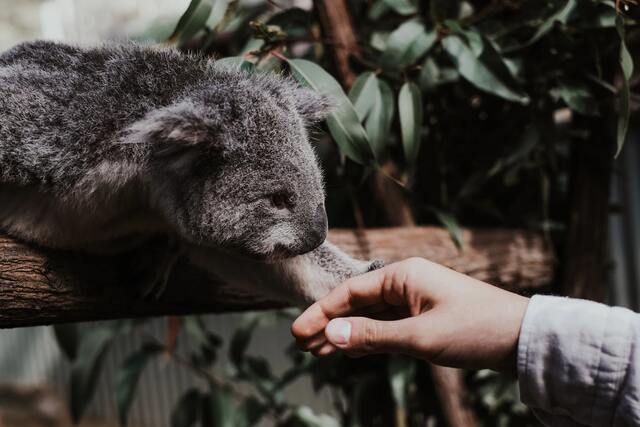“Pavlova” and More Delicious Cakes You Must Try

Unsplash: Léo Roza
Lorelai Gilmore from the American show called “Gilmore Girls” once said that “If eating cake is wrong, I don’t want to be right.” And I totally agree with her. Cake is this special food group that could never do you wrong. Feeling blue? Have a slice of cake and you will feel at least better. Feeling tired? Have a slice of cake and you will feel a bit energetic (all thanks to that sugar rush). Feeling happy? Have a slice of cake and dance the night away! So, yes. If eating cake is wrong, I don’t ever want to be right. Like never.
The word "cake" has its roots in the Old Norse word "kaka.” These cakes back then had a more bread-like texture and were occasionally flavored with honey. I guess they’re a bit different from what we eat today. And historians claim that the Egyptians were the first people to demonstrate excellent baking expertise. But, the ancestors of the modern cakes we are familiar with were first made in Europe around the middle of the 17th century, due to the accessible ingredients and technology they had.
Fast forward to the 19th century, modern cakes started getting made after the discovery of the baking powder. Then, the sweet buttercream frosting slowly started replacing boiled icings (light and fluffy frosting is made by carefully combining whipped egg whites with boiling sugar syrup) and the rest is history.
Fork in. Fork out. Are you ready to explore the world one slice of cake at a time, without getting hungry?
Mexico: Tres Leches
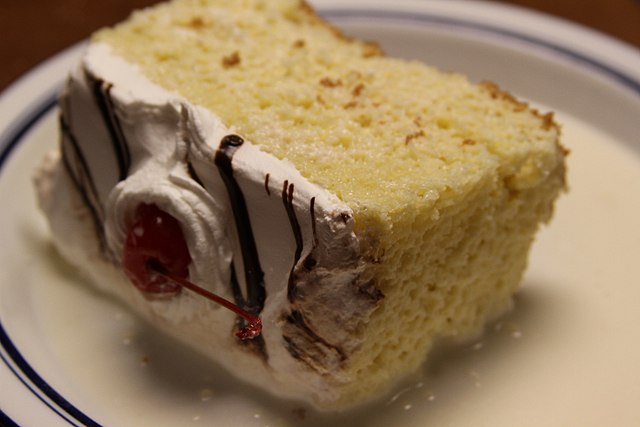
Tres Leches, which literally means three milks, is a rich and light and fluffy, soupy sponge cake soaked in three different types of milk: evaporated milk, condensed milk, and heavy cream. Tres Leches is commonly served with whipped cream and sometimes with maraschino cherries.
Although its origins are unclear, the cake is extremely popular in Mexico, Nicaragua, Guatemala, Cuba, and Puerto Rico. Nonetheless, it is believed that this recipe must have originated from a popular Mexican custard bread cake from the 19th century that was soaked in wine. This special recipe is recognized as a variation on either the English trifle or the Italian tiramisu.
Netherlands: Boterkoek
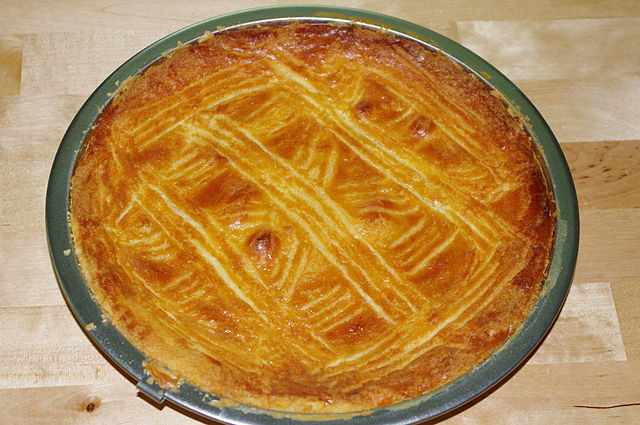
This traditional Dutch cake means “butter cake” in English. Boterkoek is a rich, delicate, and moist flat cake that is fairly easy to make. To make this cake, you’ll need: butter, flour, sugar, vanilla, eggs, salt, and lemon zest.
There isn't much information available about the cake's origins, although it's believed that it was originally a Dutch-Jewish cake.
Indonesia: Kue putu

In Indonesia, Kue Putu or Putu Bambu is a popular snack or dessert that is sold by street vendors and in local markets. It is made with rice flour, filled with palm sugar, steamed in bamboo tubes, and topped with desiccated coconut.
This steamed rice cake comes in a variety of flavors, fillings, and shapes. The white putu, also known as putu piring, is found more in Malaysia, Kerala, and Sri Lanka. The thicker putu, also known as putu mangkok, is more common in Indonesia.
Portugal: Pão de Ló de Ovar
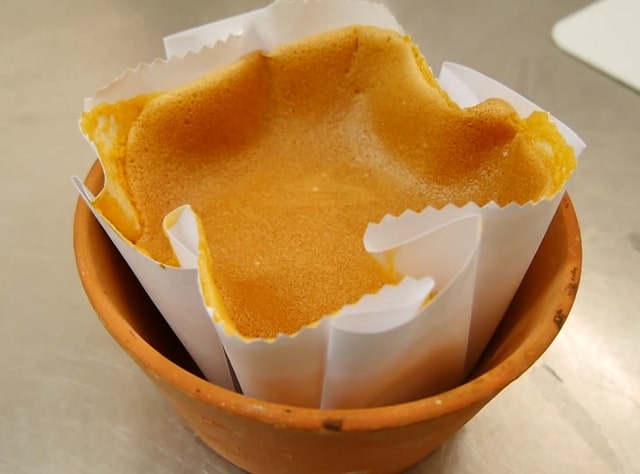
The delectable, fluffy, and creamy Pó de Ló de Ovar, also known as Ovar Sponge Treat, is the perfect Easter cake. The basic ingredients of this Portuguese sponge cake are flour, eggs, and sugar.
It is known that the first recipe for this popular cake was found in a book titled Irmandade dos Passos in 1781. This cake is thought to have been produced by convent nuns in the 18th century for the priests who carried the wooden figures in the procession during Holy Week.
Slovenia: Kremna rezina
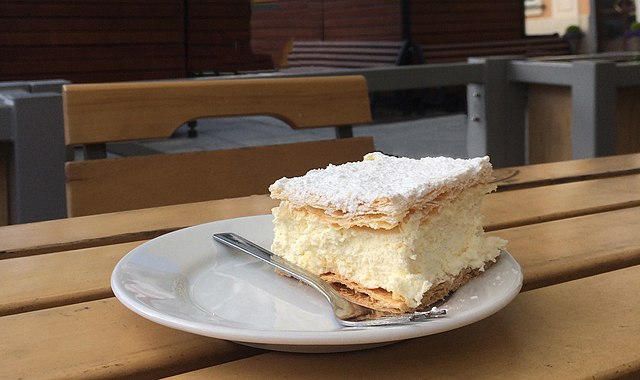
One of Slovenia’s cream cake specialties is called Kremna rezina. This light and creamy pastry is also known as Bled Cream Cake or Blejska kremšnita.
The first Bled Cream Cake was created in 1953 by renowned pastry chef Itvan Lukaevi at Park Hotel. The chef adjusted the Hungarian Cream Cake recipe by ensuring that everything is prepared in line with the number seven: the puff pastry was folded for only seven times and the egg custard was cooked for exactly seven minutes, with each slice cut into a seven-by-seven centimeter square.
On any given day, it is estimated that 3,500 slices of this cream cake masterpiece are sold.
Greece: Portokalopita
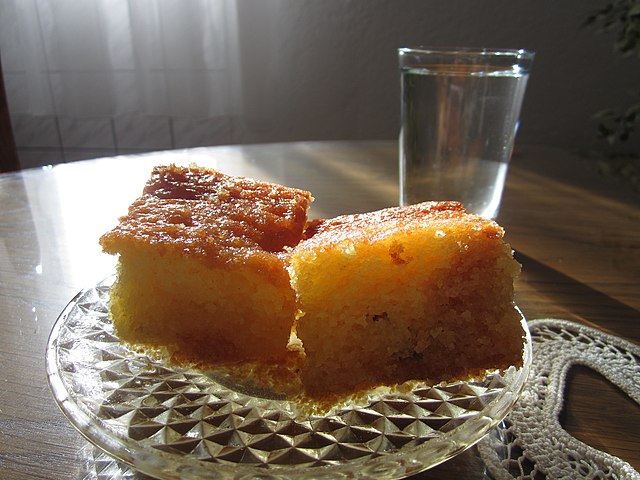
Portokalopita is an old-fashioned Greek cake created from phyllo pastry, Greek yogurt, and oranges, and is soaked in sweet sugar syrup. This flourless cake is a member of the siropiasta family of classic Greek delicacies, which includes other sweets soaked in sugar syrup. And the best beverage to pair with this delightful delicacy is a cup of Greek coffee.
The name "Portokalopita," which translates to "orange pie" from the Greek words "portokáli," which means "oranges," and "pita," which means "pie," comes from the Cretan city of Chania. The origin of this sweet treat is unknown, but the most widely accepted theory is that Greek housewives came up with a solution to use up any remaining phyllo pastry by turning it into a dessert.
Egypt: Basbousa
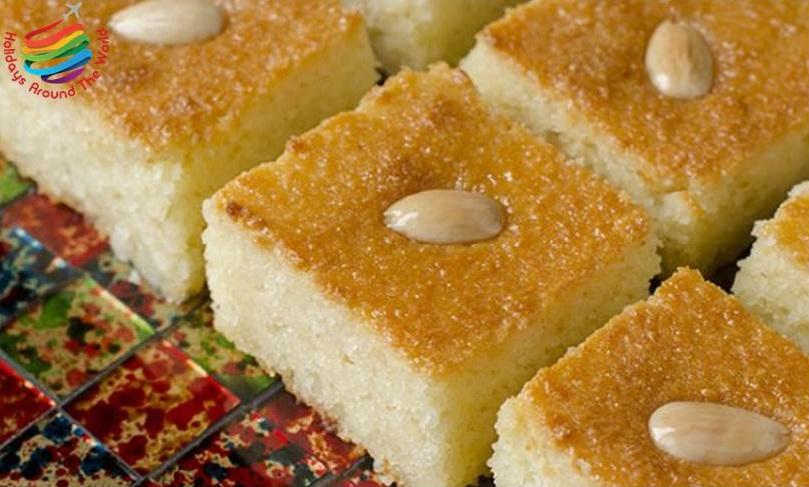
The popular Egyptian treat known as Basbousa is a semolina cake soaked in syrup and served with yogurt. Basbousa is a dish that can be found in many stores all over Egypt and it is relatively easy to make. The main ingredient in this Egyptian dessert is semolina, while some people might prefer farina.
Basbousa can be found in the Middle East, the Balkans, and North Africa under a variety of names. Some examples include: Hebrew: בסבוסה basbūsah, Turkish: revani, Albanian: revani, Oromo: basbousa, Armenian: Շամալի shamali, and Bulgarian: реване (revane).
Czech Republic: Bublanina
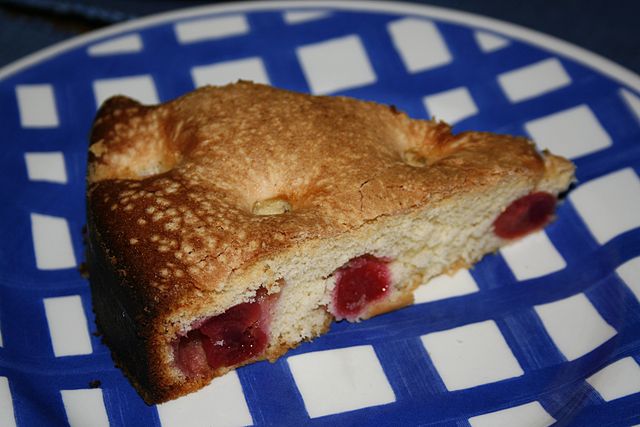
Bublanina is a delicate summer sponge cake made with a range of fruits including plums, pears, cherries, blueberries, currants, strawberries, and more. This traditional Czech sheet cake has a texture similar to coffee cake and the French clafoutis, making it the perfect breakfast treat.
The word "bublina," which means "bubble" in Czech, is where the pastry gets its name, and it refers to the way the dough bubbles up around the fruit as it bakes.
United States of America: Boston Cream Pie
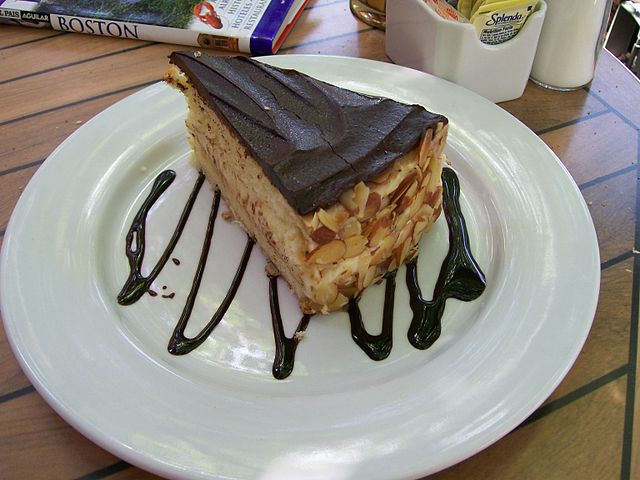
The legendary Boston Cream Pie is a famous American dessert that isn't truly a pie. It is a cake with a rich custard filling and chocolate ganache on top. This New England favorite is also available as a donut under the name Boston cream donut, which is a Berliner that has vanilla custard inside and chocolate frosting on top.
The original Boston Cream Pie is said to have been created by M. Sanzian, a chef at Boston's Parker House Hotel, around 1856. The term "Boston Cream Pie" was first used in the Granite Iron Ware Cook Book in 1878. The current version of the recipe, which was then known as “Chocolate Cream Pie,” appeared in Miss Parola's Kitchen in 1887.
Germany: Käsekuchen

Käsekuchen is a German-style cheesecake that is lighter and fluffier than its American counterpart. It is made with Quark cream, eggs, shortcut pastry for its base, and a hint of lemon zest for extra zing. This classic German treat goes well with coffee or tea.
Around 1900, there were numerous different regional variations of German cheesecake created in private homes. But, the original Käsekuchen recipe is said to have been recorded in 1598 and was referred to as a dessert; the present-day Käsekuchen recipe is from the 19th century.
England: Victoria Sponge

A popular teatime sponge cake is the Victoria Sponge, also referred to as the Victoria sandwich. It generally has a whipped cream and sweet strawberry jam filling and is dusted with powdered sugar.
This quintessential British dessert is named after Queen Victoria, who reportedly enjoyed it a lot for her afternoon tea parties. After her husband, Prince Albert, died, she spent a lot of time at Osborne House, where the sponge cake was eventually named in her honor. The sponge cake was originally made into a long loaf, which was then cut into dainty finger sandwiches.
Japan: Japanese Cheesecake
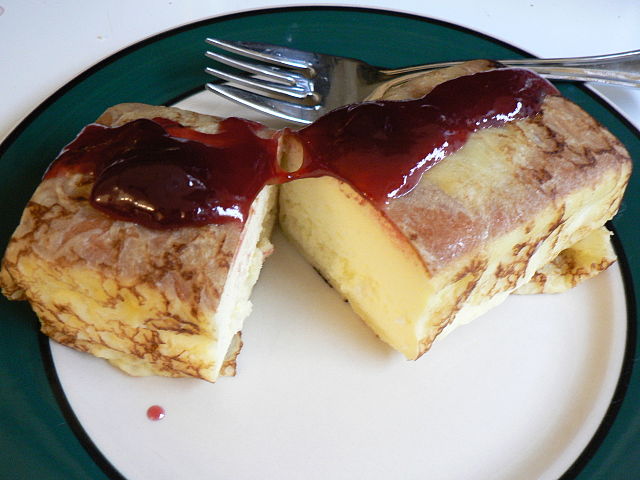
The Japanese cheesecake, aka Cotton Cheesecake, is a soufflé-style cheesecake. It uses whipped egg whites in the batter and it is baked in a water bath. When compared to other cheesecakes, Japanese cheesecake is bouncy, less sweet, lighter in texture, and gives an airy sensation.
Pastry chef Tomotaro Kuzuno created the recipe for the Soufflé Cheesecake after being influenced by the German dessert Käsekuchen. In the 1990s, the dessert became famous around the world as Uncle Tetsu's Cheesecake's signature dish.
Australia and New Zealand: Pavlova

Pavlova is a meringue-based dessert that is a staple of both New Zealand and Australia's national cuisines. This sweet treat is the ideal combination of crisp on the surface and light on the inside, topped with whipped cream and fruits including strawberries, blueberries, kiwis, and blackberries. The best time to enjoy Pavlova is during the summer, as well as on holidays and special occasions like birthdays.
The celebrated Russian ballerina Anna Pavlova, who toured Australia and New Zealand in 1926, inspired the name Pavlova or Pav. However, there is still debate over who actually came up with the recipe for Pav; Australians claim credit, while New Zealanders say the same thing.
Australians say that the oldest recorded history of a dessert similar to the Pavlova in Australia, originated from a dish named “Cream Cake” around 1906. However, the Davis Gelatine company from Australia released the first recipe for the dish with the name Pavlova in 1926.
On the other hand, Kiwis say that the earliest known recipe of Pavlova in New Zealand is reportedly known as "Strawberries Pavlova," which appeared in a 1911 issue of the New Zealand Herald.
India: Mawa Cake

Mawa Cake is a buttery and moist Indian cake made with mawa or khoya (milk solids). Additionally, it is seasoned with green cardamom, an Indian spice that is widely used in many Indian sweet dishes, and finished with pistachios, almond flakes, or any other dried fruit of your choice. Because it isn't overly sweet, Mawa is frequently served as a morning meal or an after-dinner snack.
Since the late 19th and early 20th centuries in Bombay and Pune, Mawa Cakes have been a popular dessert in many Irani cafes. But, there has been much discussion on this dessert's mysterious origins. Nevertheless, two well-known bakeries, Pune Royal Bakery and B Merwan, both claim to have developed the recipe.
Jamaica: Hummingbird Cake

Hummingbird Cake is a tropical cake containing bananas, pineapple, almonds, cinnamon, and nutmeg, topped with cream cheese icing. Despite having ties to the American South, the sweet cake is actually Jamaican and was originally known as "Doctor Bird Cake," after the Jamaican Red-Billed Streamertail Hummingbird that lives there.
The scrumptious Hummingbird Cake is thought to have been made in Jamaica in the late 1960s. In order to draw tourists to Jamaica, the Jamaican tourist board sent press kits to the US, which included the recipe for the Hummingbird Cake as well as a few other recipes from the island. Later on, the recipe was published in the 1978 issue of Southern Living and was given by Mrs. L.H. Wiggins of Greensboro, North Carolina.
Get Beelinguapp
